SUSTech’s mission is to provide a high quality, student-centered education, fostering student development in ways that help them to thrive intellectually, academically, professionally, and personally.
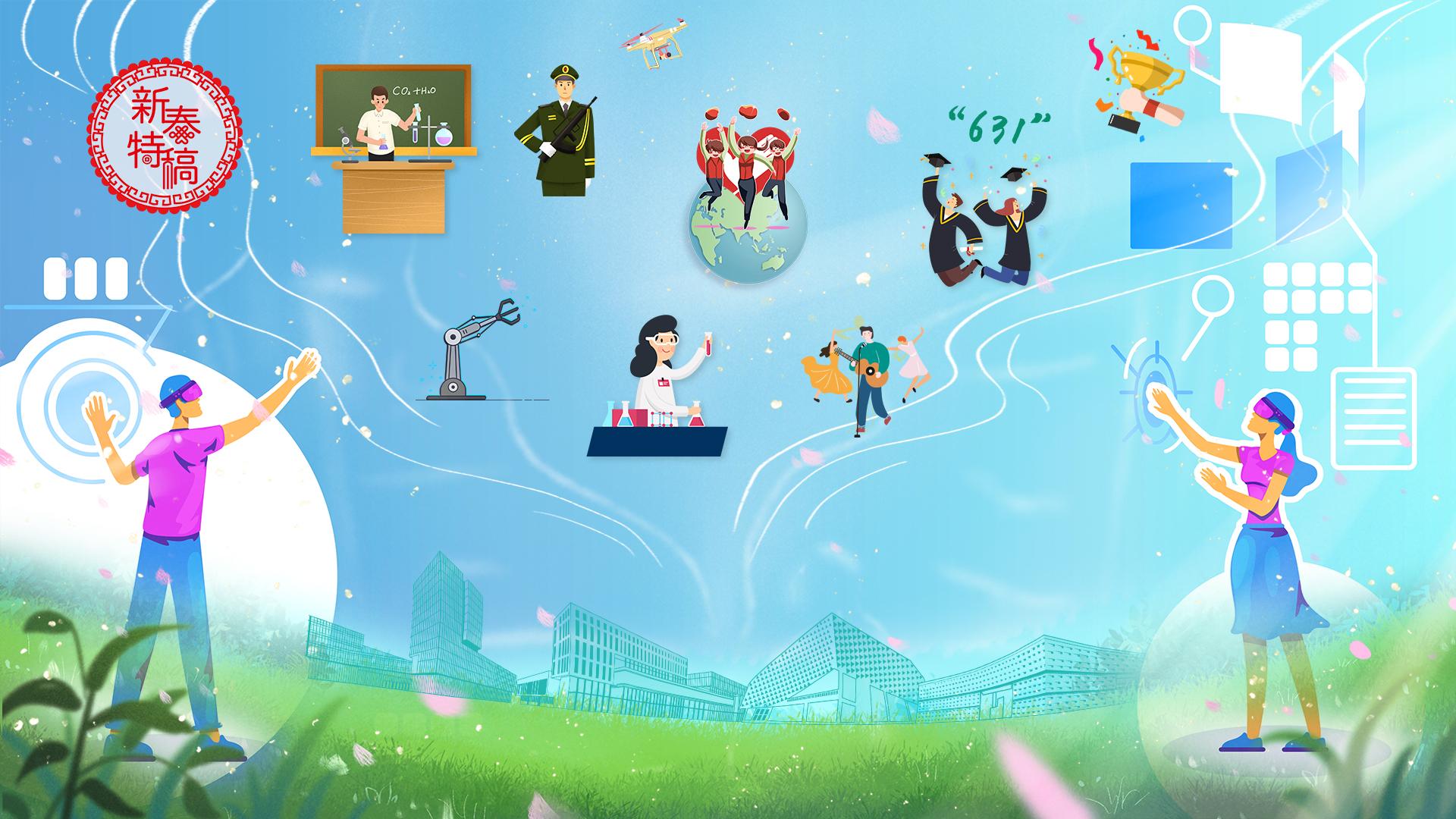
The educational goal remains the cultivation of each student’s expertise, experience, skill, and success. Innovative approaches to teaching and learning are keys to reaching this goal. Since its establishment, SUSTech has set up a talent cultivation model through adopting a credit system, providing residential college residence and experience and evolving roles of faculty in research, teaching, and academic+life tutoring. The model also enables students to develop the abilities and skills to recognize and address complex problems, communicate effectively and work productively with global collaborators.
SUSTech has prioritized enhancing the model with two dimensions: (1) the personal dimension that allows each of the students to achieve academic excellence and a high quality of life, and (2) the community dimension in which all of our students, faculty, and staff feel connected to one another by a common sense of purpose, pride and spirit.
At the beginning of the new academic year in September, Fengliang LI, University Council Chairperson, spoke with the Class of 2025 about SUSTech and their expectations for the future; President Qikun XUE delivered a film screening and discussion to all the freshmen for life-long motivation in learning and careers, and faculty members offered introductory lectures to open up various academic fields.
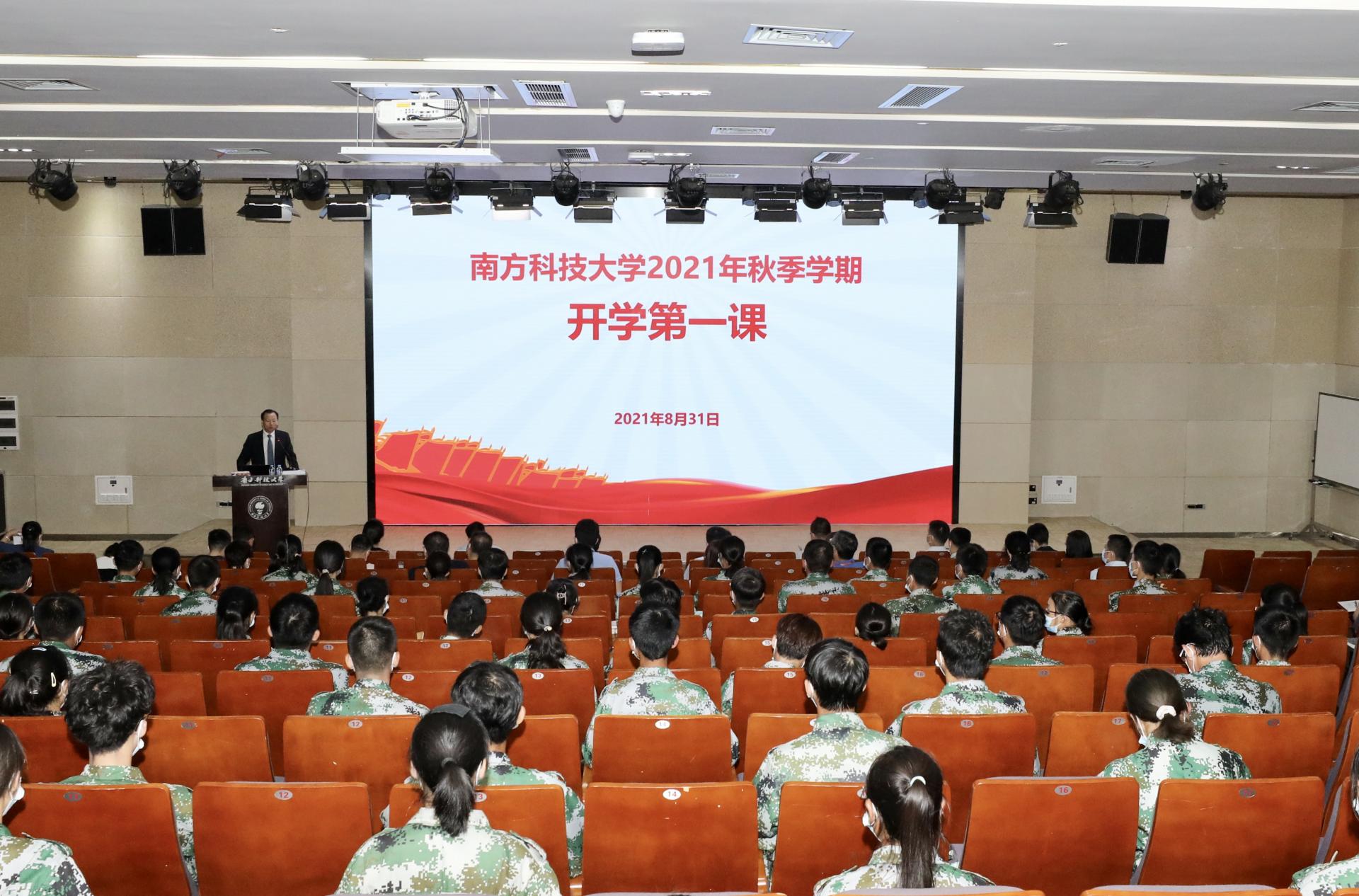
These were included in an annual orientation for the freshmen to learn more about the University, the city, and its history. As a group of intelligent young students, Chairperson Fengliang LI encouraged them to become more aware of what is happening in society, both nationally and globally. He said that Shenzhen would provide great opportunities and a platform for the new generation and encourage students to make major scientific and technological breakthroughs. He encouraged the students to dream big and achieve their goals. They should pursue excellence and be a significant member in the growth of SUSTech and the continued reform and development of the Shenzhen Pilot Demonstration Zone, the Greater Bay Area, and the country.
The Office of Students Affairs implemented an “Excellent Talent Cultivation Plan”, promoting a “Residential College + Academic College (RC+AC)” collaborative education model. Each academic college/department designates an academic advisor in each of the six Residential Colleges. The advisors will guide students through their transitions, create spaces that encourage them to engage with their diverse communities of scholars, expose them to new ideas and experiences.
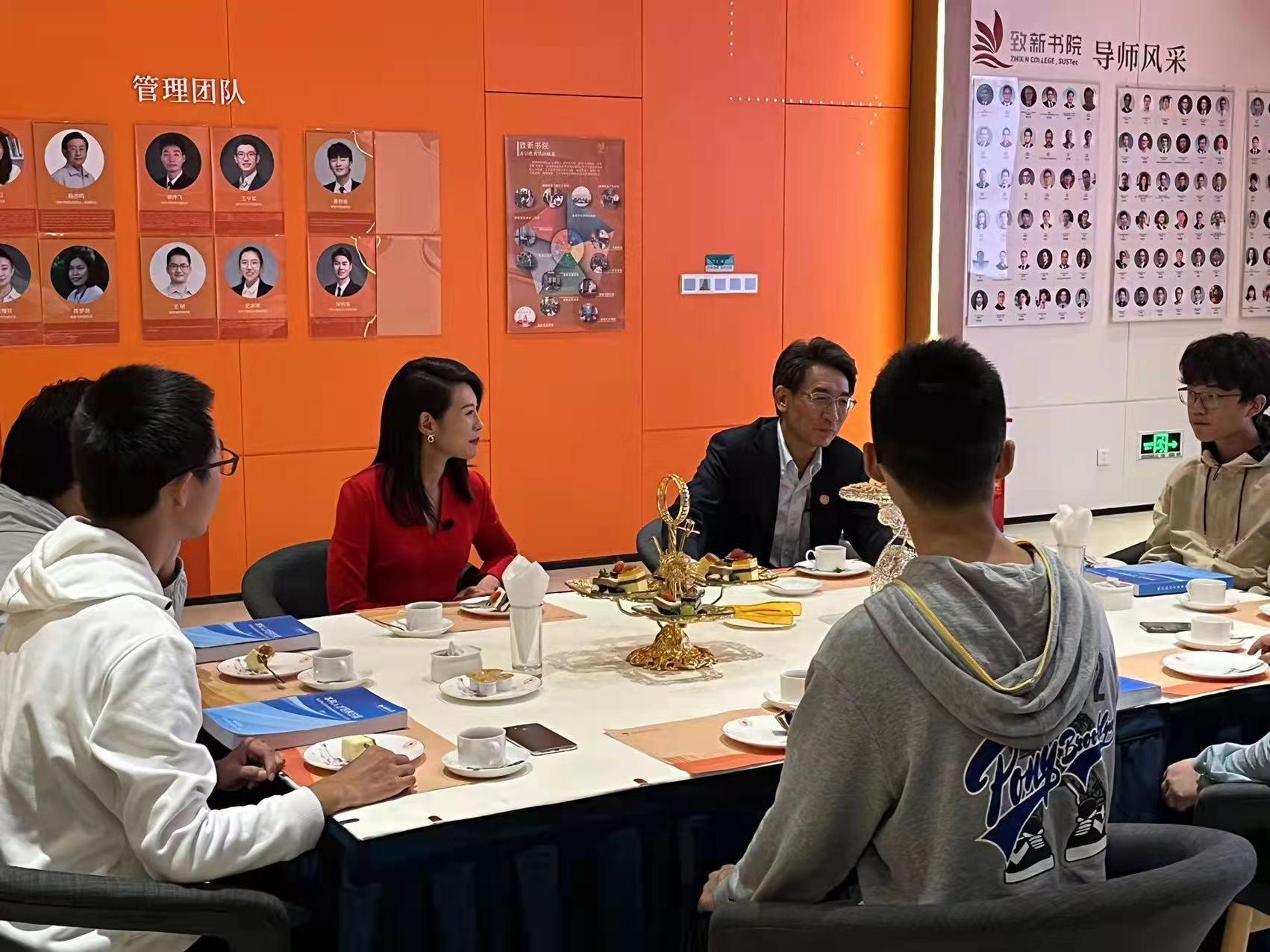
The roles of faculty evolve here at SUSTech. Each of the faculty members needs to choose one of the six residential colleges to become a tutor to undergraduates. Various activities such as “Tutor Salon”, “Dinning with Tutor”, and “Morning Running” provide opportunities for faculty members and students to communicate. In October, Shuli College, one of the six RCs, held a morning run with mentors for the fall semester of 2021 at Runyang Stadium. It aims to promote a healthier lifestyle for all involved and serves as a bonding event between students and their mentors.
Graduate enrollment surpasses undergraduate for first time
In 2021, SUSTech welcomed 1,160 undergraduate students and 1,761 postgraduate students, with a steady increase in the enrollment number of top talents. For the postgraduate admissions, 1,180 were graduate students, 565 doctoral students, and 16 international students. This is the largest number of new students in a year and the first time that the number of graduate students has surpassed undergraduate students.
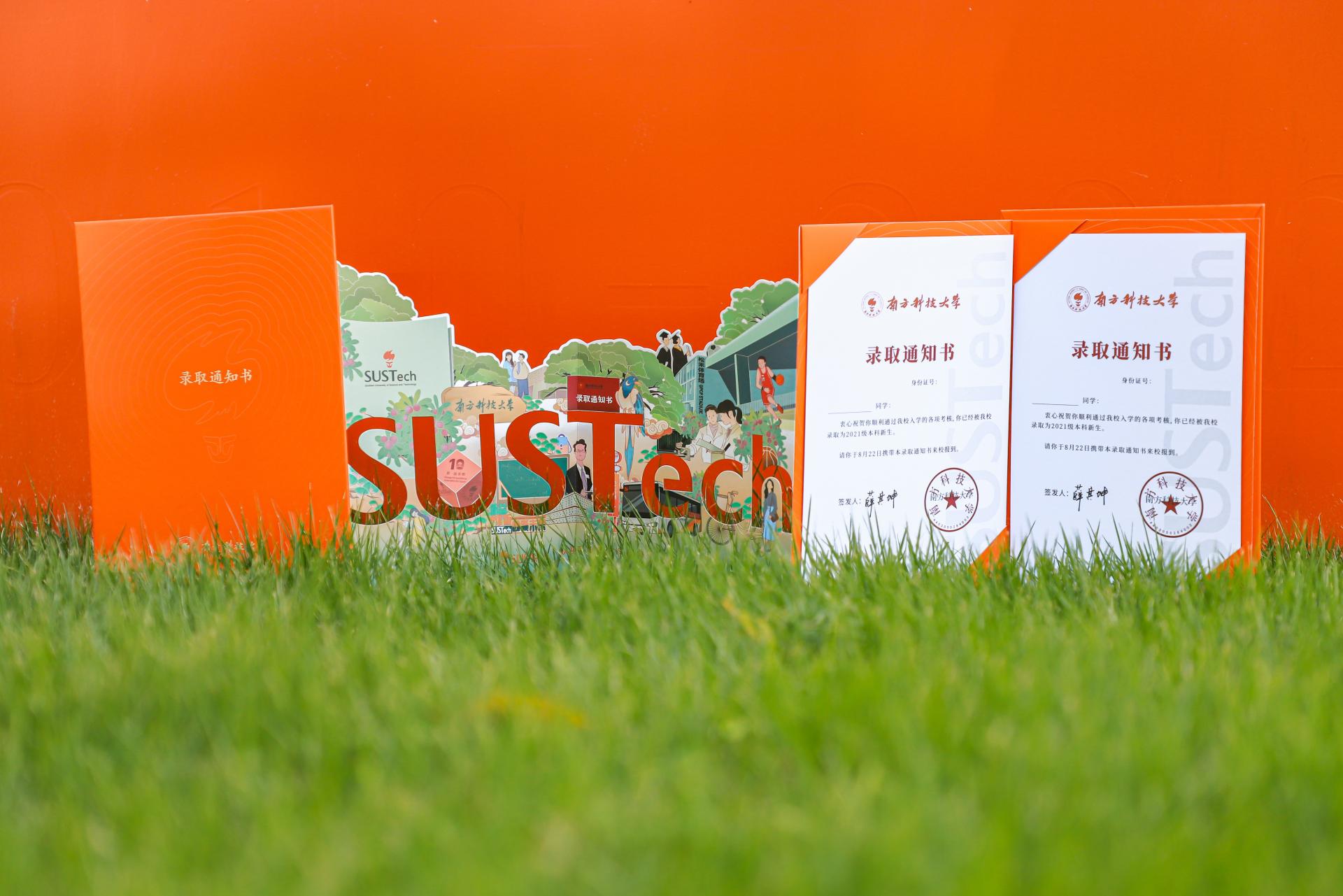
The University’s undergraduate enrollment came from 23 provinces, with the number of online applications for admission to SUSTech reaching a record high of 44,507. The total number of candidates participating in the ability test reached a record 16,000, increasing 10% from the previous year.
For undergraduate admissions, SUSTech adopts the 6+3+1 Undergraduate Admission Model (“631” model). The University entrance score accounts for 60%, the admission test and interview with SUSTech accounts for 30%, while the remaining 10% is based on their high school performance.
The rankings of the provinces with the minimum college entrance examination scores for allowable admission from 23 provinces and regions have all improved. At the same time, the average score of the candidates admitted from the college entrance examination has also increased. This highlights the University’s ever-growing status in attracting top talents to study and grow at SUSTech.
As for the alumni in 2021, more than 70% of SUSTech’s undergraduates go on to well-known universities at home and abroad to further their education. About 80% of the directly employed graduates work in the Guangdong-Hong Kong-Macao Greater Bay Area (GBA), which provides important talent support for the development of the region.
To assume the social responsibilities, some graduates took community-level posts in education, agriculture, health care, and poverty relief, and participated in the national projects for rural areas development, such as “Western Program”, “Beautiful China Program”, and “Education for China”.
Optimizing academic structure for better education
To date, SUSTech’s undergraduate majors have increased to 34, covering five disciplines. In November 2021, the Ministry of Education (MoE) released a list of higher education institutions approved to award new doctoral and master’s degrees. Among them, SUSTech was approved for ten new first-level disciplines to award degrees. This included three doctoral degrees in chemistry, geophysics, and materials science and engineering, two master’s degrees in geophysics and materials science and engineering, and five professional master’s degrees in electronic information, machinery, resources and environment, biomedicine, and clinical medicine.
The approval of the new degrees has optimized the academic structure of SUSTech and is significant for its competitiveness and future growth. The University has seven first-level disciplines authorized to confer doctoral degrees, eight first-class disciplines to confer master’s degrees, and seven programs to confer professional master’s degrees.
In May 2021, Clarivate Analytics released the latest Essential Science Indicators (ESI) ranking data. Five disciplines from SUSTech ranked within the top 1% of the world: Chemistry, Materials Sciences, Environment and Ecology, Engineering, and Clinical Medicine.
Reform and innovation are key components for developing SUSTech’s undergraduate education, and it is also an essential part of the University’s undergraduate teaching quality assurance system.
In a 2021 quality-education award-winning project list, the Univerity has ten teaching reform projects, two provincial-level projects in teaching innovation, and teacher and teaching development, respectively. The “Three-dimensional Integration of Undergraduate Engineering Practice Teaching Exploration” project from the Department of Mechanical and Energy Engineering (MEE) at SUSTech won the first prize of the 2021 Guangdong Education Achievement Award. This wining-project has integrated mechanical and robotics engineering education, competition training and industry practicing, and this model has been applied in SUSTech, Shandong University, and Huaqiao University.
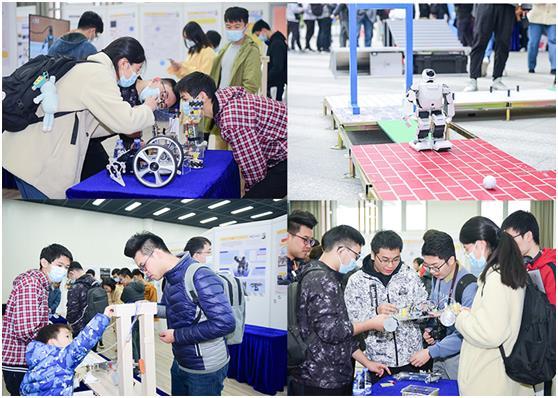
Students’ success through passion, dedication, and commitment beyond the classroom
In 2021, SUSTech students participated in various domestic and international academic competitions and achieved unprecedented success in the process.
At the beginning of the year, a SUSTech team finished in third place in the 2nd Shenzhen Marine Knowledge Competition. In April, a team from the Department of Mechanical and Energy Engineering (MEE) won the first prize in the locomotion competition category in the IEEE International Conference on Soft Robotics. Later that month, Yanyi LI and Haochen LEI, both students of the Department of Mathematics SUSTech, won the second prize for mathematics majors in the finals. This is the best result achieved by SUSTech students in the competition’s history.
In May’s ASC20-21 Student Supercomputer Challenge finals, SUSTech was the only team from Shenzhen to make it to the finals. It achieved its best result in the competition history, ranking fifth overall. In July, eleven projects from SUSTech won prizes at the 16th Challenge Cup Science and Technology Competition in Guangdong Province, seven of them awarded to undergraduate students and four to master’s students.
SUSTech students from the Department of Computer Science and Engineering (CSE) excelled in the ACM SIGMOD 2021 Programming Contest and the 45th International Collegiate Program Contests (ICPC East Asia Continent Final). In the ACM SIGMOD 2021 Programming Contest, they won the first prize. In the 45th ICPC East Asia Continent Final, three teams walked away with gold, silver, and bronze medals, respectively.
In August, three SUSTech graduate students from the Department of MEE were awarded the second prize at the 16th China Postgraduate Electronic Design Competition. At the 2021 International Competition of Autonomous Running Intelligent Robots (RUNNING ROBOT), five participating teams from the School of Microelectronics (SME) won a total of seven awards, including the international first prize, the international second prize, the excellence prize, and the best demonstration award.
In November, the SUSTech Supercomputing Team, composed of six undergraduates, won the Highest Linpack Benchmark award and placed third in the overall competition. They also won the AI Special Prize and were the overall champion in the 4th APAC HPC-AI competition.
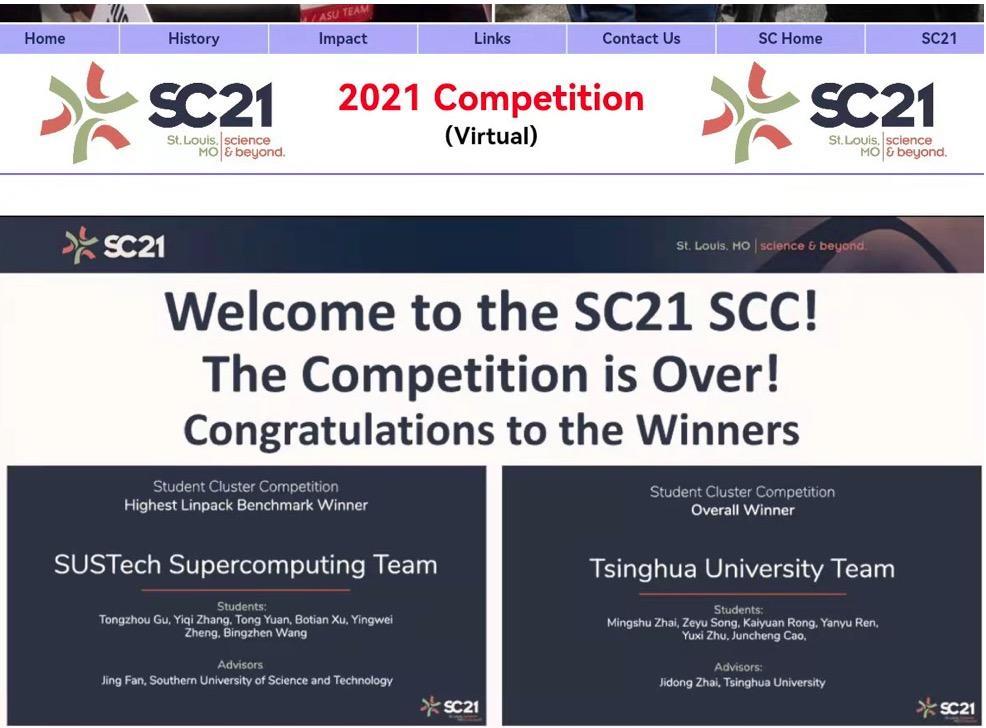
As for the research outcome, SUSTech students have made great achievements in 2021. In February, Danlu Zhang, an undergraduate and Ph.D. student Le Zhang from the research group of Assistant Professor Xiaolong Chen in the Department of Electrical and Electronic Engineering, published their research results on Advanced Electronic Materials, in which the electrically tunable resonant circuit based on graphene quantum capacitor was reported for the first time.
In June, six undergraduates used a series of different methods to achieve automatic recognition, generation, and retrieval of oracle bone inscriptions. This included image and text processing, deep learning algorithms, the development of innovative neural network algorithms and Generative Adversarial Network (GAN), combined with knowledge of oracle morphology, semantics, and context. The teaching achievement paper “Multimedia Meets Archaeology: A Novel Interdisciplinary Teaching Approach” has been accepted by the 2021 Frontiers in Education (FIE) Conference.
Xiaohao WU, a Ph.D. student in the School of Medicine, won the 2021 ASBMR Felix Bronner Young Investigator Award at the conference, while Fuhao CHEN, a postdoctoral fellow from the Department of Electrical and Electronic Engineering (EEE), placed second in the Falling Walls Lab Beijing 2021.
Additionally, Tong ZHANG, an undergraduate of the class of 2019 from the Department of Computer Science and Engineering, and Chunli DENG, an undergraduate of the class of 2017 from the Department of Statistics and Data Science, were selected for the United Nations Volunteers – Chinese Youth Volunteer Overseas Volunteering Program (UNV-CYVA) as they embarked on a six-month volunteer service to North Macedonia and Serbia, respectively.
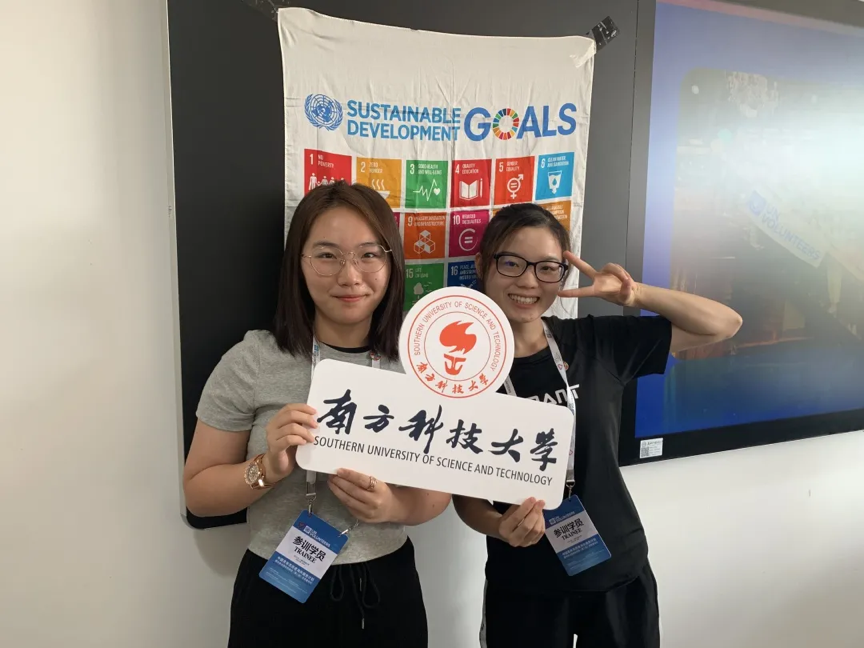
2022 is an important year for the University to promote and implement the “14th Five-Year Plan” to develop SUSTech into a first-class research university. The University will follow the “Five Major Action Plans” based on a “three-step” development strategy, continue to make progress in scientific research platforms and research institutions, realize major breakthroughs in academic achievements, and cultivate innovative talents for the new era.
Proofread ByYingying XIA
Photo By